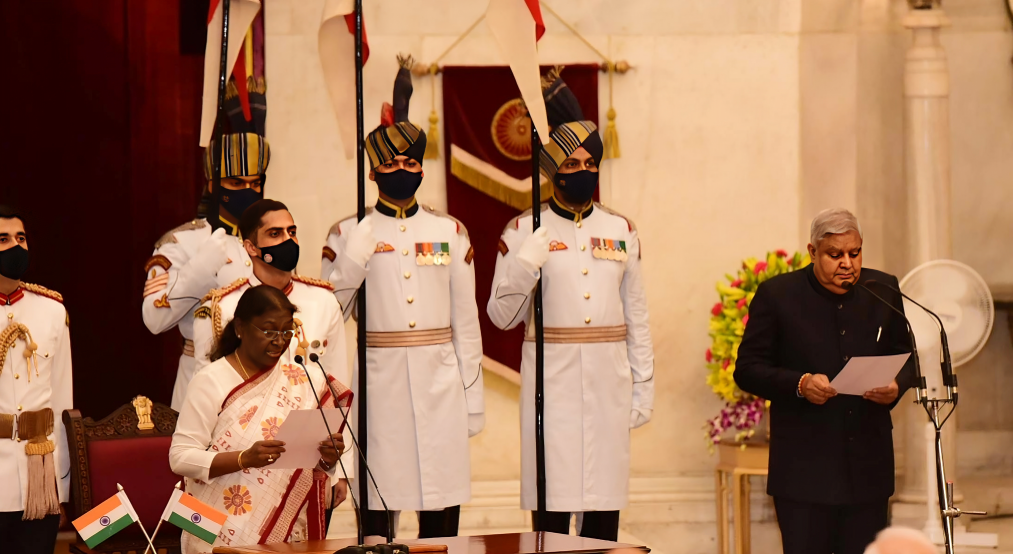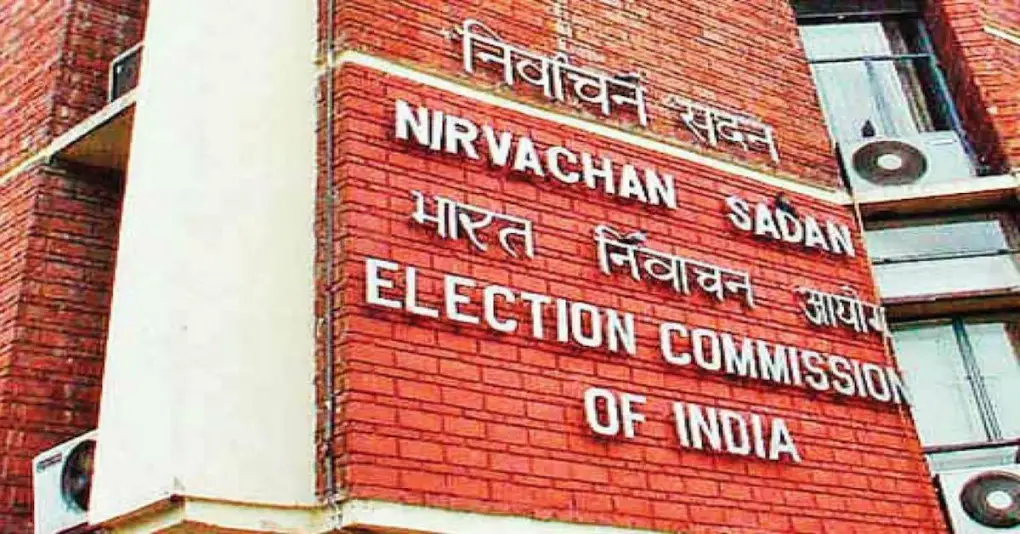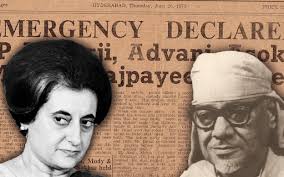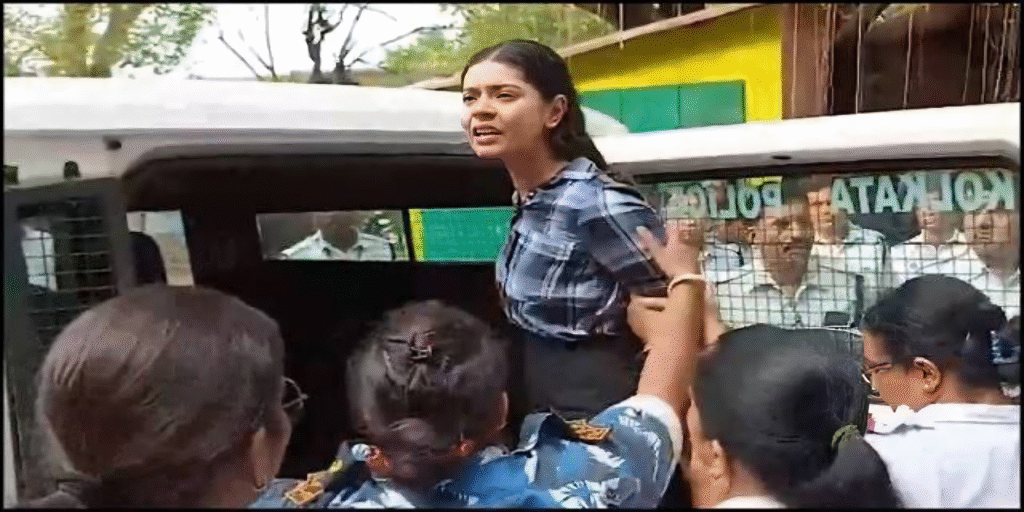Introduction: A New Dawn in India’s Military Posture
On the early morning of May 7, 2025, India embarked on a meticulously planned and executed military operation, codenamed “Operation Sindoor.” This operation marked a significant shift in India’s approach to counterterrorism and regional security, demonstrating a blend of precision, coordination, and strategic foresight. The operation was a direct response to the heinous terrorist attack in Pahalgam on April 22, which claimed the lives of 26 civilians. Operation Sindoor not only targeted terrorist infrastructure but also sent a clear message about India’s resolve to protect its sovereignty and citizens.
I. The Chronology of Precision: May 7, 2025
The operation unfolded over a span of 18 hours, involving multiple branches of the Indian Armed Forces and intelligence agencies.
02:14 IST: The Indian Air Force’s Netra AEW&C system detected unusual thermal activity at terrorist launch pads in Leepa and Kel. The Prime Minister’s Office authorized immediate action.
02:17 IST: Two C-130J Super Hercules aircraft, operating under strict emission control protocols, crossed the Line of Control, carrying 45 Para Special Forces commandos.
03:03 IST: BrahMos cruise missiles were launched from INS Kolkata in the Arabian Sea, targeting terrorist infrastructure in Athmuqam.
03:41 IST: The 2/4 Gorkha Rifles unit neutralized high-value targets in the Dudhnial sector using Spike anti-tank guided missiles.
04:15 IST: A cyber operation, codenamed “Surya Netra,” executed by the Defence Cyber Agency, disrupted communication nodes of Pakistan’s Northern Command.
05:00 IST: Mi-17 V5 helicopters airlifted injured troops and reconnaissance units back to safety.
06:20 IST: Human intelligence confirmed the elimination of Hafiz Ismail, a key Lashkar-e-Taiba handler linked to the Pahalgam attack.
08:30 IST: Artillery units from the 15 Corps initiated suppression fire in the Neelum Valley to prevent any immediate retaliation.
14:00 IST: The mission concluded successfully, with minimal casualties on the Indian side and significant terrorist losses.
17:45 IST: The Prime Minister’s Office issued a succinct statement: “India has acted. India is awake. India will endure.”
21:00 IST: A comprehensive national security briefing was held, informing political leaders across party lines about the operation’s outcomes.
II. Synergy of Forces: A Unified Military Front
Operation Sindoor showcased the seamless integration of India’s military branches and intelligence agencies.
Indian Air Force: Mirage-2000 aircraft were on standby, while Garud commandos ensured airfield security.
Indian Army: Special Forces from the Northern Command, including Ghatak platoons of the 19 Rajput Regiment and Gorkha Rifles, executed ground operations with precision.
Indian Navy: INS Kolkata and INS Chennai launched BrahMos missiles, demonstrating naval prowess and strategic reach.
Intelligence Agencies: The Research and Analysis Wing (RAW) managed decoy movements to divert attention, while the Defence Cyber Agency executed cyber operations to cripple enemy communications.
International Collaboration: Intelligence sharing with allies, including satellite imagery, enhanced the operation’s effectiveness.
III. Global Reactions: A Diplomatic Balancing Act
The international community’s response to Operation Sindoor was a mix of cautious support and calls for restraint.
United States: Acknowledged India’s right to self-defense, urging both nations to avoid further escalation.
Russia: Maintained a neutral stance, emphasizing the importance of regional stability.
China: Expressed concern over regional tensions, calling for dialogue and de-escalation.
Organization of Islamic Cooperation (OIC): Pakistan sought condemnation from the OIC, but key members like the UAE and Saudi Arabia abstained, reflecting a nuanced diplomatic landscape.
Israel: Praised India’s decisive action against terrorism, highlighting the importance of counterterrorism cooperation.
IV. Domestic Sentiment: Unity and Resilience
The operation galvanized national unity, transcending political and social divides.
Public Support: Surveys indicated overwhelming approval for the operation, with citizens expressing confidence in the government’s handling of national security.
Cultural Solidarity: Religious institutions across the country held prayers and ceremonies honoring the armed forces, reflecting a collective sense of patriotism.
Social Media: Platforms were abuzz with hashtags supporting the operation, showcasing a digital wave of national pride.
V. Strategic Communication: Controlling the Narrative
India’s management of information during Operation Sindoor was marked by discipline and strategic foresight.
Media Embargo: A temporary embargo ensured operational security and prevented misinformation.
International Briefings: Foreign diplomats and defense attachés were briefed post-operation, reinforcing transparency and diplomatic engagement.
Domestic Media: National outlets received verified information, enabling accurate reporting and fostering public trust.
Conclusion: A Paradigm Shift in Military Doctrine
Operation Sindoor stands as a testament to India’s evolving military doctrine, characterized by proactive engagement, precision strikes, and integrated warfare. The operation not only neutralized immediate threats but also redefined India’s strategic posture, signaling a readiness to protect its interests decisively. As the nation reflects on this pivotal moment, Operation Sindoor will be remembered as a defining chapter in India’s journey toward securing peace and stability in the region.





